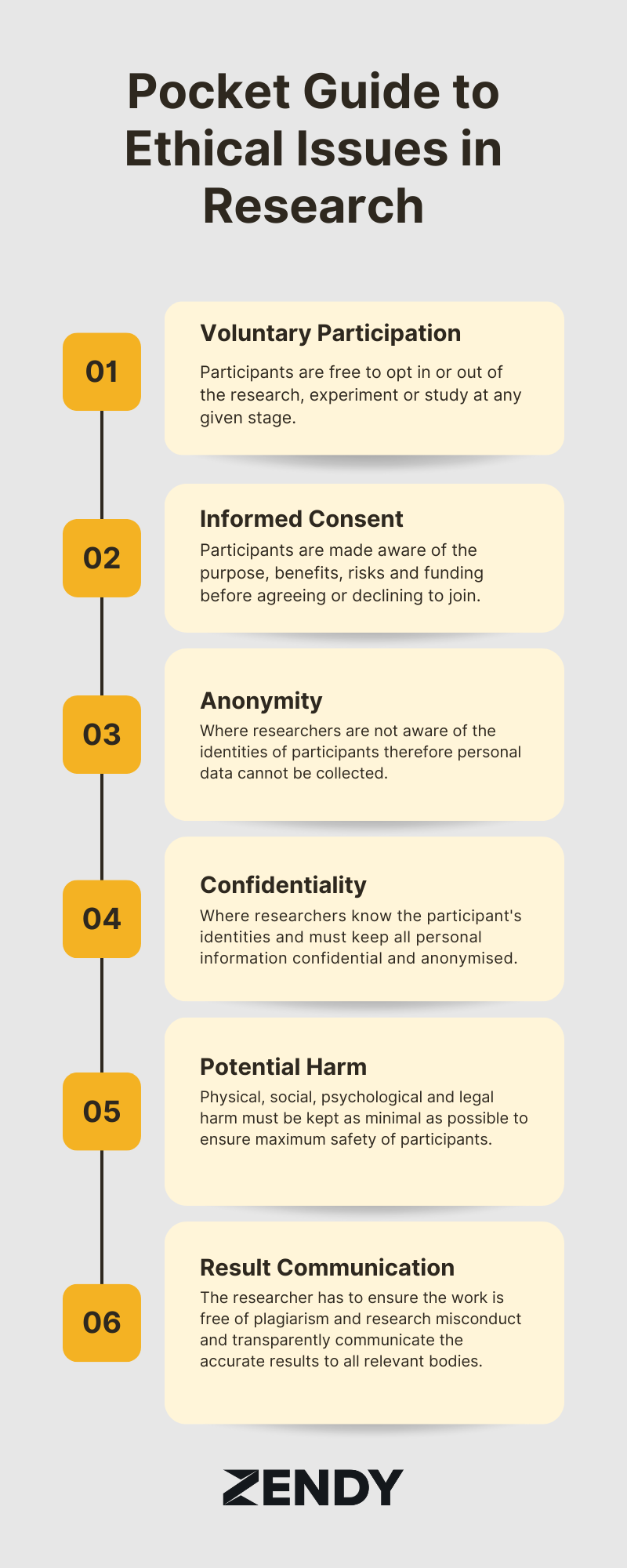
In academia, where ideas and knowledge converge, the written word is a powerful tool for conveying research and arguments. However, the journey from a blank page to a polished essay involves more than inspiration; it demands a systematic and strategic approach. The steps involved in the writing process are considered the building blocks of an essay, the academic writing style itself provides a deep knowledge of the subject matter and helps writers construct evidence-based arguments within their respective fields. This blog post explores the essential steps, techniques, and insights to improve your writing process and gear the approach towards academic essays.
Essay Writing Basics
The purpose of academic essays is to advance ideas and exchange discourse amongst scholars while also teaching the writer to think critically and analyse various areas of research. When structuring and writing an academic essay, it is essential to plan the flow of information to complement one another strategically; the research points contained in each paragraph have to be simple to absorb and not overbearing.
An academic essay has 3 key components: introduction, body paragraph and conclusion.
Pre-Writing Phase
Before writing the essay, having several brainstorming sessions will help writers understand the topic, scope, and arguments within the academic essay. Brainstorming allows writers to build enthusiasm and commitment towards the essay, as the topic becomes clearer with research, discussion and planning. Listed below are a few effective brainstorming techniques:
- Mind Mapping
A mind map is essential for brainstorming as it tracks related concepts. The first step is to write down the larger subject and then write down anything that is relevant to that, this helps writers and researchers visualise all the information related to the topic. It can be used to either break down a larger subject or focus on a certain component of a subject, this is beneficial for academic writers as it helps generate new ideas, foster collaboration and organise information.
- Clustering
The cluster analysis is a great method to club or “cluster” information and data together over certain similarities. This learning technique can be adapted to a brainstorming method to allow academic writers to structure their essays strategically which would allow information and ideas to flow smoothly.
- Free Writing
Free writing is a brainstorming method geared towards writers, it allows writers to write about a topic with no rules, guidelines or structure. The aim is to write as the thoughts come so that the writer can establish how much information they have on a topic. There are 3 simple rules to get this method right: don’t pause to read anything you have written, don’t cross out or erase anything as that is editing and not writing, and finally, don’t worry about spelling or grammar. This method allows writers to generate their ideas and polish them later, rather than having a thought and letting it go.
After having productive brainstorming sessions, the next step is to start the research. Certain institutions have guidelines as to what they consider reputable resources, for example, Wikipedia is not considered an academic source of information as the pages can be edited and written by anyone. Access reputable academic databases and libraries to conduct your research, We have listed a few below:
Once the research phase is done, you will have gathered a good amount of resources and information on your essay topic. The next crucial step is to develop a thesis statement, an essay has to have a thesis statement to serve as a guide for the reader and develop the author’s argument. Furthermore, formulating the thesis statement allows authors to see how their ideas are perceived in a sentence or two. A strong thesis statement specifies one main idea and asserts the author’s conclusions on the essay question or topic.
For example, if your essay is about the implementation of sustainable practices in the transport sector, your thesis statement can be: In recent years, there has been a rise in sustainable initiatives, this essay highlights and argues that sustainability in transportation is beneficial for human advancement and slowing climate change.
Writing The Essay
Once the initial stages of brainstorming, research, and the formulation of a thesis statement are done, the writing process is equipped with a clear roadmap. Each paragraph in an academic essay serves as a building block, cementing the foundation of the thesis while allowing room to explore other perspectives.
- Introduction
The introductory paragraph of an academic essay sets the tone and outlines the map of the essay. It should give the reader a clear idea of the points, arguments and methods the essay will highlight and discuss. There are 4 main components of a good essay introduction paragraph; the hook, context, thesis statement and a clear structure of the essay.
Example: The rise of sustainable practices in the transport sector is imperative to its advancement (Hook). In recent years, the world has witnessed electric cars, alternative routes, carpooling applications, and improvements in public transport; these enhancements have encouraged the general population to utilise alternative methods of transport rather than driving their personal vehicles daily (Context). This essay states that sustainable practices in the transport sector are beneficial for human advancement and slowing climate change (Thesis). The essay discusses the development and implementation of sustainable aviation fuel in recent flights while acknowledging key drawbacks. Furthermore, the essay assesses how carpooling alternatives are valuable for the safety of the environment; and finally, the accessibility and affordability of public transport (Structure).
- Developing Arguments
To effectively develop the arguments that support the thesis statement, the writer should deconstruct the topic and map all possible aspects of the topic. Based on available research, literature and evidence; create a stance that has appropriate citations. Each body paragraph should break down the argument and end with an explanation as to why the essay’s stance is convincing.
- Structuring Body Paragraphs
In an academic essay, each body paragraph is dedicated to a specific point or argument; this paragraph would consist of a topic sentence, evidence, opposing research, context and explanation. Each developed argument should flow and serve the research paper’s positioning in the subject area. The best practice for structuring effective body paragraphs is to follow the P.E.E method which stands for point, evidence and explanation.
Example: The usage of sustainable aviation fuel is key to maintaining the same amount of weekly flights while reducing its effects on climate change (Point). In recent studies, Smith (2021) found that the components required to produce sustainable aviation fuel not only source environmentally friendly ingredients but also practice eco-friendly processes during the production and manufacturing phases (Evidence). The approach to creating sustainability in transport starts by examining the processes by which the vehicles are manufactured as the environmental output of those factories is significant, utilising sustainable aviation fuel eliminates harmful production practices and decreases pollution caused by aeroplanes (Explanation).
- Writing the Conclusion
The conclusion of an academic essay should be an impactful recap of the essay, which should include supporting evidence for the arguments presented; by this paragraph in the essay, the reader should be drawn to supporting the thesis statement.
Editing and Polishing
During the editing stage, it is common for authors to look for grammatical errors; while this is important, it’s also beneficial to keep an eye out for clarity issues. In academic writing, structuring clear and concise sentences is imperative so that all readers can efficiently comprehend the material.
Here is a check-list of what you should look out for while editing an academic essay:
- Correct running sentences with too many subordinate clauses
- Sentences should be written in active voice
- Assess whether a sentence is written in an academic and formal tone
- Assess whether the essay is structured for the intended audience and purpose
Finalising the Essay
Once the essay has reached the finalising phase, it’s important to refer to your institutional formatting guidelines and ensure that all the requirements have been met. Once that is done, the bibliography has to be double-checked to ensure the references are in the correct style without grammar and formatting mistakes. The bibliography is an essential part of an academic essay as it helps readers, professors, and researchers understand where the evidence was retrieved from and how the arguments were constructed; having an accurate bibliography also gives the essay credibility. The final step is to give the essay one last proofread to ensure that it is free of errors.
FAQs
How long should an essay be?
Ideally, an essay should be about 5-7 pages which should contain about 1500-2000 words. However, a detailed essay can range from anywhere between 8-10 pages containing about 2500-3000 words.
What are the key elements of a perfect essay?
Great essays have a clear and concise introduction, thesis and conclusion. The body paragraphs within a good essay flow and connect back to the thesis statement, creating cohesive arguments as the academic paper progresses.
How can I improve my essay-writing skills?
Improving your essay writing skills lies in the planning and proofreading phases rather than the writing itself. Before beginning your essay, plan out the paragraphs, and arguments, and follow the structures to create uniformed paragraphs. In the proofreading stage, keep an eye out for grammatical errors as well as clarity-related errors.
Are there any online resources to assist with essay writing?
The most useful essay-writing tool is Grammarly, it offers multiple suggestions and corrections as you write so that the corrections can be made simultaneously, further simplifying the proofreading stage.
How important is the thesis statement in an essay?
The thesis statement gives the essay direction and provides a clear roadmap to the writer. Every other component of the essay should support or explain the thesis statement.
How do I avoid plagiarism in my essay?
The most effective way to avoid plagiarism is to keep a record of all the sources you will utilise in your essay and then paraphrase the points, you will then have to cite the original author using in-text citations.





